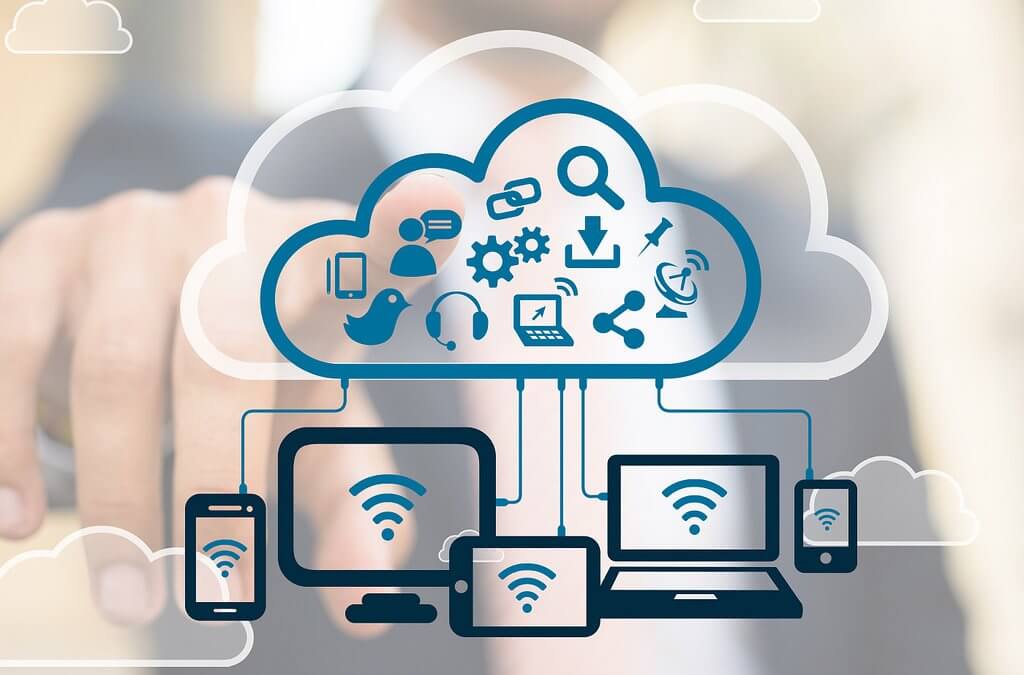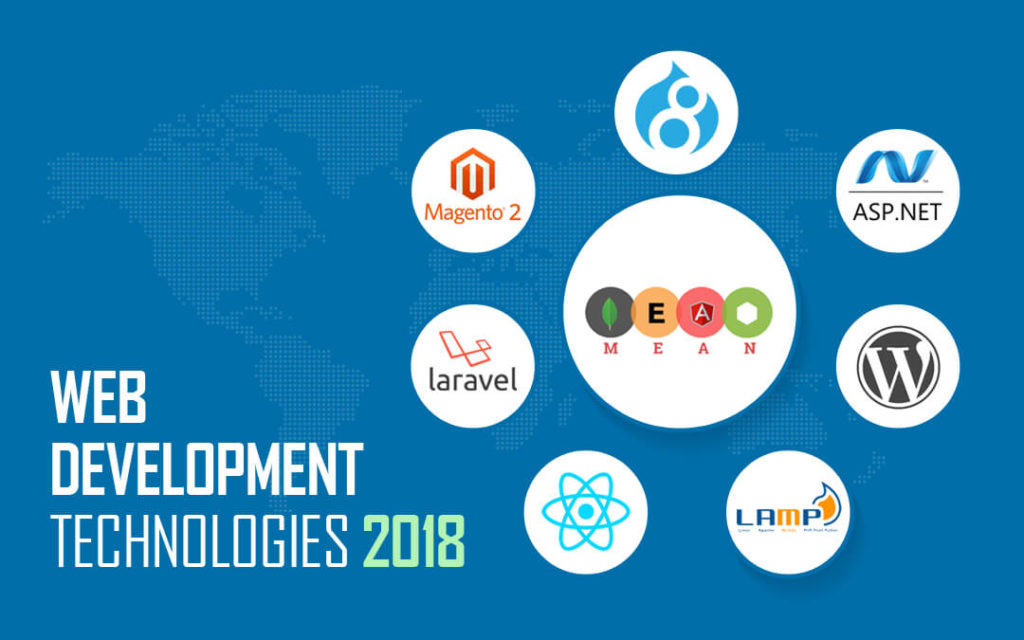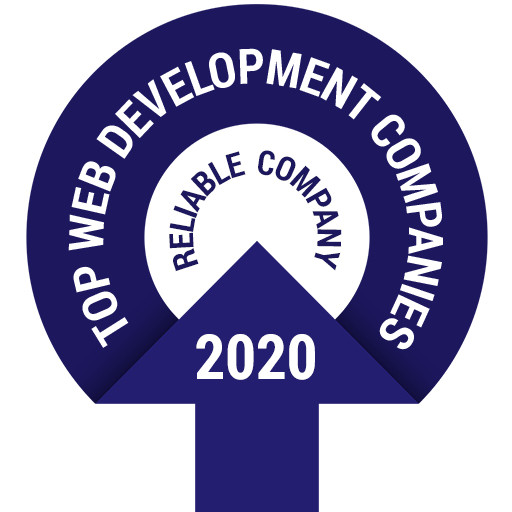AI, BI, IoT. Such abbreviations have become a to-go for the tech-savvy population. In fact, even if you aren’t a tech-enthusiast, chances of you stumbling over them is pretty high. Afterall, we all use smartphones, laptops, television and hundreds of other advanced devices.]
The ‘IoT’ mentioned here is a short form for the ‘Internet of Things’. A network of connected things (and people), to be precise. This technology is tagging along with us in our day-to-day activities, thanks to the popularization of high-speed 4G or 5G broadband internet. The cost of connecting devices has gone down to several folds, more and more devices are being custom fitted with machine-readable identification tags and sensors to avail wifi facilities, and smartphones are no longer a new thing for the most of the population.
These factors have most definitely contributed to the ‘IoT’ storm we witness nowadays.
According to a study by Gartner, currently a total of 8.4 billion connected devices are in use and this number is estimated to reach a whopping 26 billion by 2020.
Three folds in three years!
Honestly, the rate with which the technology scenario is changing, this development is nothing surprising. We won’t bat an eyelash if this number surpasses 50 billion or even 100 billion.
All these numbers mean that nothing is impossible in the near future, at least on the technology front, not even a cyborg attack. But we don’t need to go there, for now.
Your smartphone is most likely to tell you if you are short of a grocery item at home, while you sit comfortably on your office desk. Or even reorder the supply from the nearby supermarket. The millions of possibilities lying ahead connected with IoT are surely mind-boggling!
Let’s delve deep into the advantages and the future prospects of this amazing technology feature!
Internet of Things: The Definition
 Technopedia defines IoT as ‘a computing concept that describes the idea of everyday physical objects being connected to the internet and being able to identify themselves to other devices. The term is closely identified with RFID as the method of communication, although it also may include other sensor technologies, wireless technologies or QR codes.’
Technopedia defines IoT as ‘a computing concept that describes the idea of everyday physical objects being connected to the internet and being able to identify themselves to other devices. The term is closely identified with RFID as the method of communication, although it also may include other sensor technologies, wireless technologies or QR codes.’
It further explains that the digitalised object here is no longer a simple ‘lone’ device. It now is associated with a number of surrounding objects and database data, apart from its user, showing ‘ambient intelligence.’
Thanks to this technology we now can save most of our precious time and space at home, in the office or anywhere else. Need a warm and comfy home? Automated heating might help you achieve that in seconds, no matter how far you’re from your apartment. They may even alert you if your medicines have expired or if your home has converted into a blazing inferno. In the case of the latter, they might direct a call to the fire department even before you get the alert message.
It is like having a loyal caretaker who looks after your health and habits, just they aren’t limited to the confinements of your home.
Key Features of the Internet of Things (IoT)

Now when we know the possibilities that come along with this glorious technology, let’s learn about its key features and how different industries can avail them for their benefit!
- Its quick alert feature can help almost every industry with their stock (and resources) keeping, maintaining and replenishing, individual tracking, inventory control, and logistics.
- IoT is known to deliver fast with maximum accuracy and minimum utilization of energy, a plus for all the industries.
- Healthcare industry utilizes IoT for patient monitoring. A series of sensors are placed on the patient’s body that helps deliver accurate vitals and details to the doctor-in-charge so they take an apt action without risking the patient’s life.
- IoT is a vital part of the home and office security devices, of course. Whether you talk about security alarms, surveillance cameras, door locks or sensors, they all form a part of the IoT network.
- GPS technology is also a great example of IoT. Know where exactly your goods are with their help.
- Undoubtedly, the greatest achievement of IoT would be its impact on the marketing field. It has successfully helped us tackle the massive data and information wave, getting us the handful of well-processed sensitive information. You now are free to come up with thousands of different ways to promote your business and thus bringing in more clients. The valuable data extracted helps improve the effectiveness of the advertising practice in action involving sending them directly to you on smartphones and computers.
- IoT has simplified the online shopping process too. It helps facilitate customer identification by fishing out the best products that meet your demand based on your previous clicks. It, thus, contributes to a better business process by helping the shop optimize their services based on the popular demands.
That’s just a small fraction of the millions of other things this advanced technology has made possible in today’s time. Stay put, there is a lot to come from IoT in the near future!

Written by Tanya Kumari
Tanya leads the Digital Marketing Team at Classic Informatics, a leading web development company . She is an avid reader, music lover and a technology enthusiast who likes to be up to date with all the latest advancements happening in the techno world. When she is not working on her latest article on agile team dynamics, you can find her by the coffee machine, briefing co-workers on the perks of living a healthy lifestyle and how to achieve it.




















